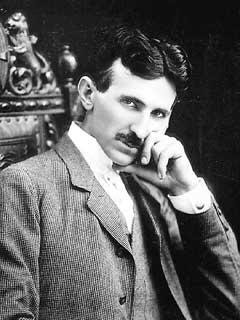ILLUMINATION
taking a look around the world we inhabit
2 main types of enlightenment - existing at the same time - a dualism
 1st - that communicated directly from a higher source or higher knowledge
1st - that communicated directly from a higher source or higher knowledgei.e. the Illuminati, Rosicrucians, Freemasons, etc. 1690's-1700's
2nd - enlightenment from human reason
Kant's essay "What is Enlightenment?"
We suffer not from a lack of understanding, but a lack of courage to use our understanding.
Daring to have your own thoughts - sapere aude (dare to know)
these are 2 views of how to understand the world around us
both were pivotal groups (the mainstay being the Catholic church)
Mainstream mistrust of intellectuals & mystics
\
--> corporations, religious establishment, scientific establishment (nowadays)
Science grew into Positivism and became just as dogmatic as religion ("there is an answer to every question", etc.)
Science becoming too scientific for its own good. The idea that pure & perfect reasoning leads to all truth begins to dominate the ethics & politics of the establishment starting in the 1700's & then it is out of the pivot and dominates, which is when all the pivotal forces begin to revolt and react against it.
So -- Science, Pseudoscience, & the "Gay" Science
Nietzsche
The language of the birds
Universal language that is not mathemtatical or symbolic.
Music comes closest to it.
Also, the Joyful Science
Dionysian Impulse
Everything is true. Nothing is true.
Hericlitian ideas of flux and change being truth
Dao - unspoken truth - once you say it or name it it becomes untrue.
"Who knows if there are as many truths as there are people."
according to the establishment:
"There's only one and we own it."
The idea of guerilla warfare against the establishment
subversive, undermining, and elusive, or you get bought.








